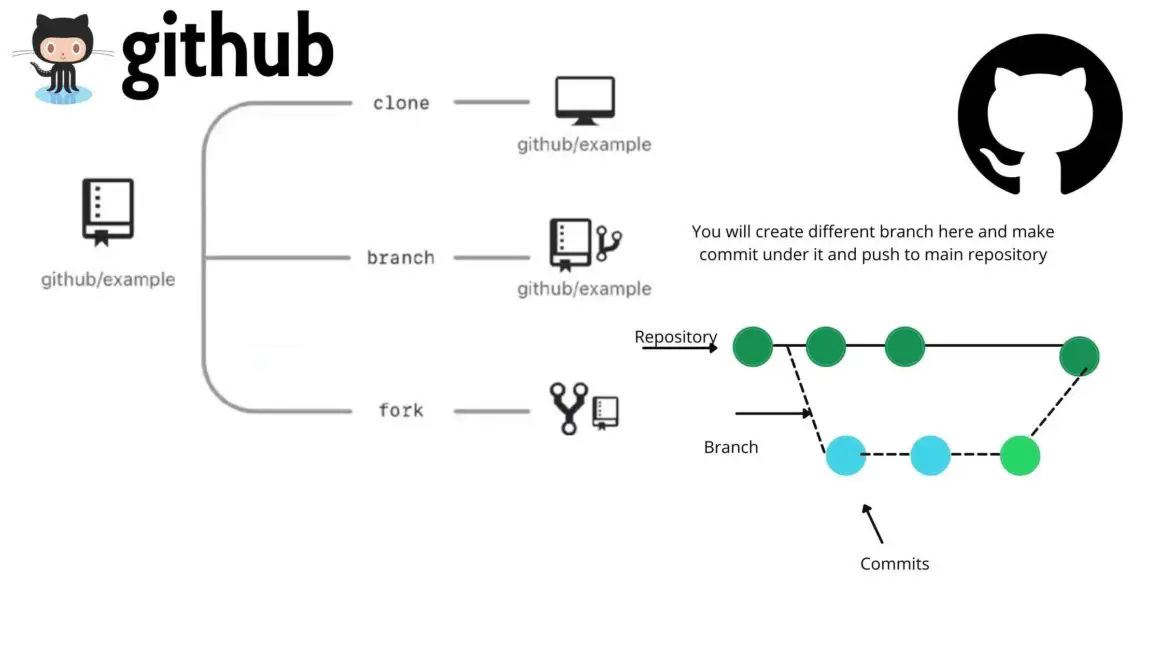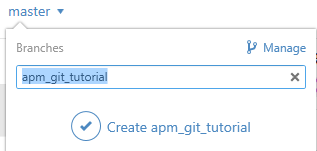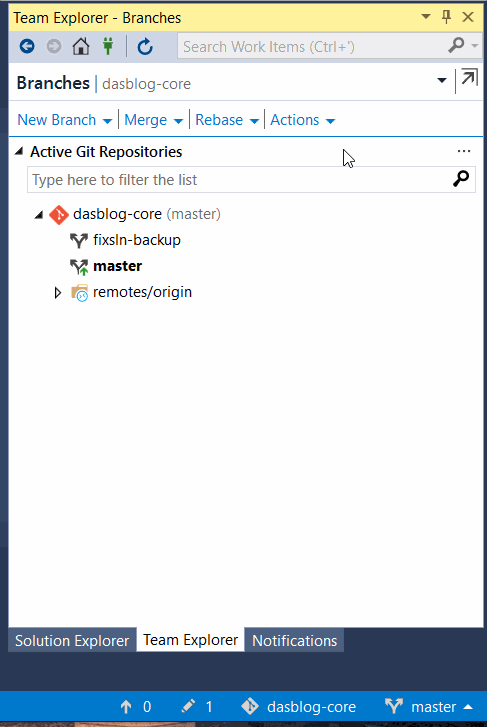

When Git is unable to find this branch in your local repository, it will assume that you want to checkout the respective remote branch with the same name. If you want to switch to a remote branch that does not exist as local branch in your local working directory, you can simply execute git switch remoteBranch. You might have noticed that it is the same command used to switch to a local branch. Then use the same command git checkout RemoteBranchName to switch to remote branch.

To checkout a remote branch, you will need to fetch the contents of the branch using git fetch –all first.
Create new branch github update#

The git checkout command allows you to navigate between different branches created through the command git branch.
Create new branch github how to#
After reading this article, you will have strong knowledge of how to switch branches in Git and what are its companion commands. We will also go through some of the similar commands of Git. Today, we will go through different use cases and examples for using git checkout and git switch. The most famous command for switching branches has always been git checkout however the newer versions of Git divided its features into specific commands. Efficient branch switching is important to safely switch from one branch and commit your changes to the desired branch. You also switch branches frequently based on priorities. Under "What's next", select whether you want to work on the branch locally or to open the branch in GitHub Desktop.When working on a project, you usually work on more than one branch at a time. Optionally, select the Repository destination dropdown menu, then choose a repository. Optionally, in the "Branch name" field, type a branch name. If the issue already has a linked branch or pull request, select and click Create a branch. In the right sidebar under "Development", click Create a branch. In the list of issues, click the issue that you would like to create a branch for. Under your repository name, click Issues. On, navigate to the main page of the repository. You can link multiple branches for an issue.īy default, the new branch is created in the current repository, and from the default branch.

For more information, see " Linking a pull request to an issue." Creating a branch for an issueĪnyone with write permission to a repository can create a branch for an issue. The connection with that branch is removed and only the pull request is shown in the "Development" section. When you create a pull request for one of these branches, it is automatically linked to the issue. About branches connected to an issueīranches connected to an issue are shown under the "Development" section in the sidebar of an issue. Note: The ability to create a branch for an issue is currently in public beta and subject to change.


 0 kommentar(er)
0 kommentar(er)
